When it comes to choosing the right fulfillment solution for your e-commerce business, understanding the differences between Amazon AWD vs. FBA is essential. Both services offer unique advantages tailored to different business needs, but selecting the right one can significantly impact your logistics efficiency and overall profitability. In this guide, we will explore the key features, benefits, and costs associated with Amazon AWD vs. FBA, helping you make an informed decision that aligns with your operational goals.
What is Amazon Warehousing and Distribution (AWD)?
Amazon Warehousing and Distribution (AWD) is a logistics service designed to provide sellers with a cost-effective solution for bulk storage and inventory management. It allows businesses to store their products in Amazon’s warehouses, facilitating seamless distribution to both Amazon and non-Amazon sales channels. AWD features include auto-replenishment, which helps maintain optimal inventory levels in fulfillment centers, and a simplified fee structure that eliminates seasonal surcharges. This service is particularly beneficial for sellers looking to manage large inventories without incurring high storage costs associated with traditional fulfillment methods.
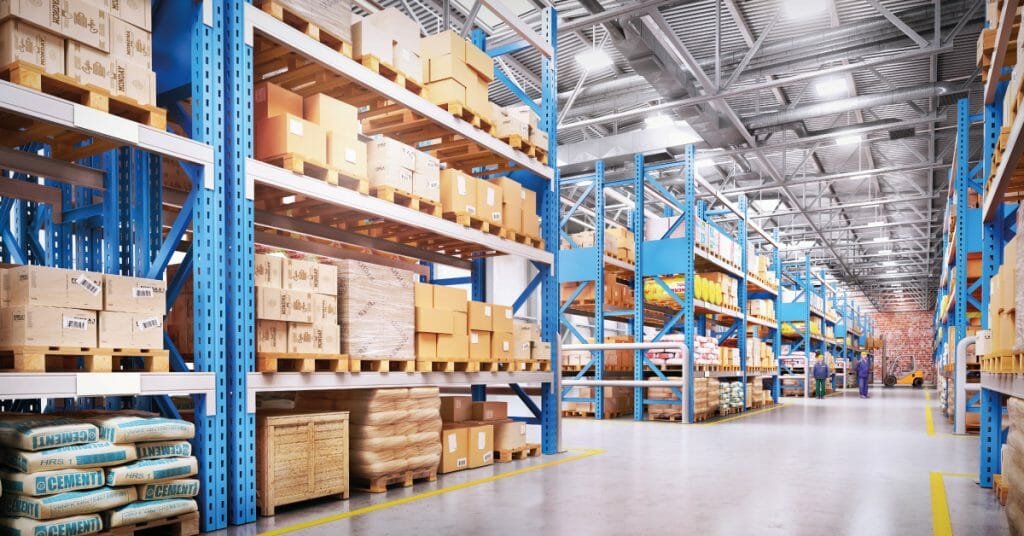
What is Fulfillment by Amazon (FBA)?
Fulfillment by Amazon (FBA) is a service that allows sellers to store their products in Amazon’s fulfillment centers, where Amazon takes care of storage, packaging, and shipping. When a customer places an order, Amazon handles the entire fulfillment process, including picking, packing, and shipping the product directly to the customer. This service not only saves sellers time and effort but also provides access to Amazon’s vast customer base, including Prime members who benefit from fast and free shipping options.
Additionally, FBA offers customer service support, managing returns and inquiries on behalf of the sellers, which enhances the overall shopping experience for customers. By using FBA, sellers can focus on growing their business while Amazon manages the logistics and fulfillment aspects, making it an attractive option for many e-commerce businesses.
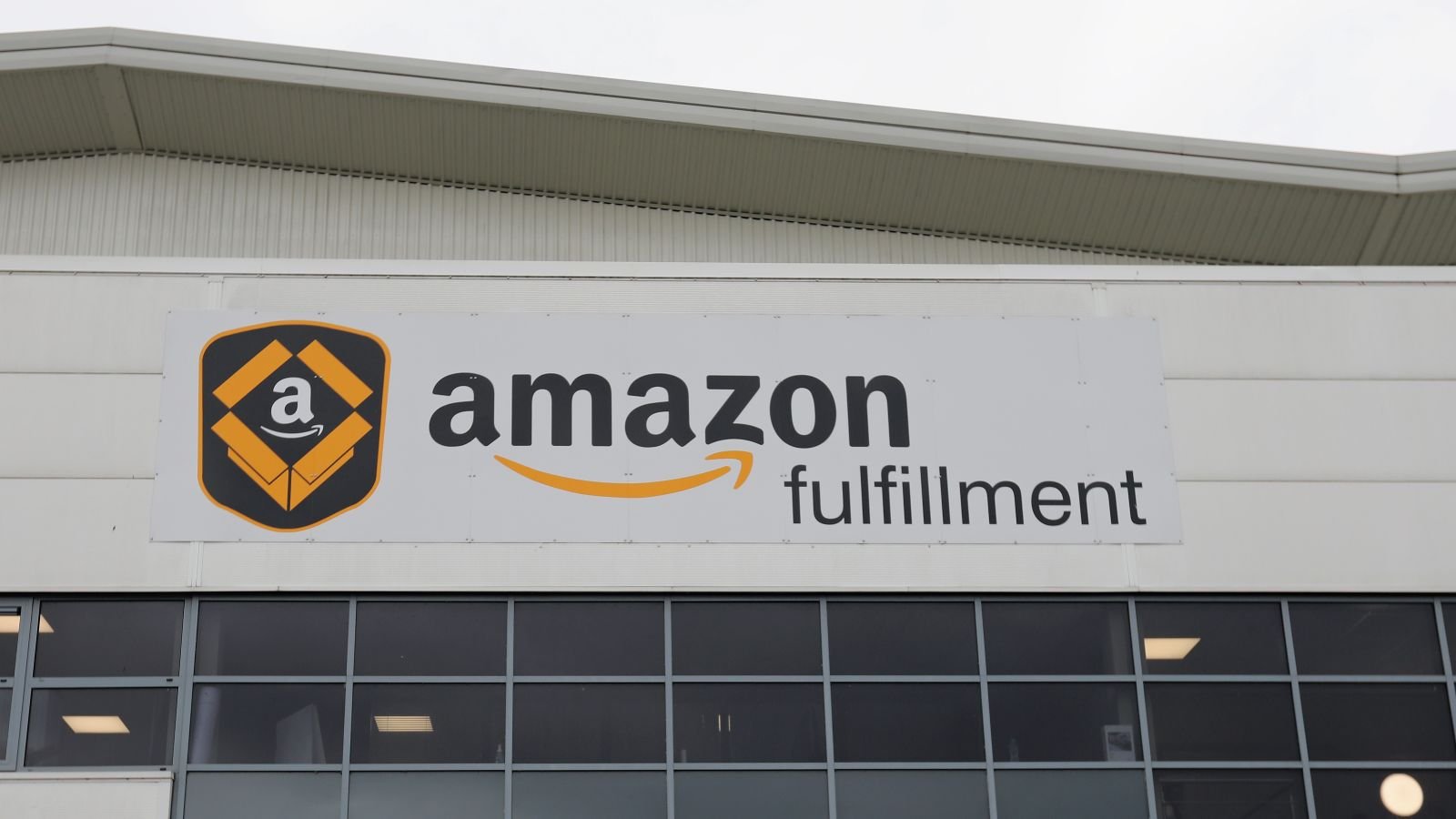
Advantages and Disadvantages of Amazon AWD vs. FBA
Amazon AWD considers the unique advantages and disadvantages each service offers:
Advantages of Amazon AWD:
- Lower storage fees: AWD typically has lower storage fees, especially beneficial for sellers with large inventories or slow-moving products.
- Flexibility in distribution: Sellers can distribute products through various channels, not just Amazon, allowing for greater control over sales strategies.
- Auto-replenishment features: AWD includes features that automatically reorder stock when inventory levels are low, helping to prevent stockouts.
Disadvantages of Amazon AWD:
- Higher fulfillment fees: AWD generally has higher per-unit fulfillment fees compared to FBA, which can be a drawback for sellers of high-volume, low-cost items.
- Limited services: Unlike FBA, AWD does not offer additional services like packaging and labeling, which may require sellers to manage these tasks themselves.
- Restrictions on product types: AWD only accepts standard-size products, which can limit options for sellers with oversized or uniquely shaped items.
Key Differences Between Amazon AWD and FBA
When evaluating Amazon AWD vs. FBA, several key differences emerge that can significantly impact your fulfillment strategy.
- Service focus: Amazon AWD is primarily designed for bulk storage and distribution, allowing sellers to manage large inventories across multiple channels. In contrast, FBA offers a comprehensive fulfillment solution that includes storage, picking, packing, shipping, and customer service, making it ideal for sellers who want a hands-off approach to logistics.
- Fee structure: AWD generally has lower storage fees but higher fulfillment fees compared to FBA. This means that while you save on storage costs with AWD, you may pay more per unit when it comes to fulfillment.
- Flexibility: AWD allows for greater flexibility in distribution, enabling sellers to ship products to various sales channels, including their own websites. FBA, however, is primarily focused on fulfilling orders through Amazon’s marketplace.
- Additional services: FBA provides extra services such as packaging, labeling, and customer support, which can enhance the customer experience. AWD, on the other hand, requires sellers to handle some of these tasks themselves or outsource them.
- Product restrictions: AWD only accepts standard-size products, which may limit options for sellers with oversized or uniquely shaped items. FBA accommodates a wider range of product sizes, making it more versatile for different types of inventions.
- Inventory management tools: Both services offer inventory management tools, but FBA’s tools are generally more advanced, providing deeper insights into inventory performance and sales trends.

AWD vs. FBA: A Detailed Fee Comparison
When comparing Amazon AWD vs. FBA, understanding the fee structures associated with each service is crucial for making an informed decision. Both options have unique costs that can significantly impact your overall profitability, depending on your business model and inventory needs. Below, we break down the key fee components to help you navigate your choices effectively.
Bulk Storage Costs
One of the most significant differences between Amazon AWD and FBA lies in their storage fees. Amazon AWD offers lower bulk storage costs, making it an attractive option for sellers with large inventories. The storage fees for AWD are as follows:
- AWD Base Rate: $0.48 per cubic foot.
- AWD Smart Storage Rate: $0.43 per cubic foot.
- AWD Amazon Managed Service Rate: $0.38 per cubic foot.
In contrast, FBA storage fees are higher, especially during peak seasons:
- FBA Standard Size (January–September): $0.78 per cubic foot.
- FBA Oversized (January–September): $0.56 per cubic foot.
- FBA Standard Size (October–December): $2.40 per cubic foot.
- FBA Oversized (October–December): $1.40 per cubic foot.
Inbound and Outbound Transportation Fees
Transportation fees also differ between the two services. For Amazon AWD, sellers are responsible for the costs associated with moving inventory to and from the warehouse. These fees can vary based on the shipping method chosen. FBA, however, includes transportation costs in its fulfillment fees, which can simplify budgeting for sellers.
AWD users can save on transportation fees by utilizing Amazon Global Logistics (AGL) or the Amazon Partner Carrier Program (PCP), which can reduce costs by up to 10%.
Boxed Loads vs. Small Parcel Deliveries
When it comes to shipping methods, AWD is generally more suited for boxed loads, which can be more cost-effective for bulk shipments. FBA excels in handling small parcel deliveries, making it ideal for sellers with high volumes of individual orders. This distinction can influence your choice based on your product type and sales strategy.
Handling and Processing Charges
Both services have handling and processing charges, but they differ in structure. FBA typically includes these charges in its fulfillment fees, which can make it easier for sellers to understand their total costs upfront. In contrast, AWD may have separate handling fees that sellers need to account for, depending on their specific logistics needs.

FBA-Exclusive Fees You Should Know
FBA has several exclusive fees that sellers should be aware of, including:
- Long-Term Storage Fees: Charged for items stored in FBA for more than 365 days.
- Low-Inventory Fees: Applied when inventory levels fall below a certain threshold.
These fees can add up quickly, especially during peak seasons, so it’s essential to factor them into your overall cost analysis when comparing Amazon AWD vs. FBA.
Choosing Between AWD and FBA: When to Use Each
Deciding between Amazon AWD and FBA depends on your specific business needs, inventory levels, and sales strategies. Each service offers unique advantages that cater to different types of sellers. Here are some guidelines to help you choose the right option:
- Use Amazon AWD when:
- You have large inventories: If you manage a significant amount of stock or slow-moving products, AWD’s lower storage fees can help you save on costs.
- You need flexibility: AWD allows you to distribute your products across multiple sales channels, not just Amazon. This is ideal for sellers who want to reach customers through their own websites or other marketplaces.
- You prefer bulk shipping: If your business model involves shipping large quantities of products, AWD is better suited for boxed loads, which can be more economical.
- Use Fulfillment by Amazon (FBA) when:
- You want a hands-off approach: FBA handles all aspects of fulfillment, including storage, packing, shipping, and customer service. This is perfect for sellers who prefer to focus on marketing and product development.
- You sell fast-moving products: If your inventory turns over quickly, FBA’s lower fulfillment fees can be more cost-effective, especially for high-volume sales.
- You want access to amazon prime customers: FBA products are eligible for Prime shipping, which can significantly increase your visibility and sales potential on Amazon.
How to Enroll in Amazon AWD and FBA Services
Enrolling in Amazon AWD vs. FBA services is a straightforward process that can help streamline your logistics and fulfillment operations. Here’s how you can get started with each service:
Enrolling in Amazon AWD:
- Log in to seller central: Begin by logging into your Amazon Seller Central account. If you don’t have an account, you’ll need to sign up as a seller, preferably using a Professional selling account to access all available features.
- Review requirements: Before enrolling, ensure that your products meet the eligibility criteria for Amazon AWD. You can find detailed requirements in the Seller Central help section.
- Create and send shipments: Once you’re ready, navigate to the Amazon Warehousing and Distribution page within Seller Central. Here, you can create and track shipments, manage your AWD inventory, and set up auto-replenishment for your FBA stock.

Enrolling in Fulfillment by Amazon (FBA)
- Set up your selling account: If you haven’t already, create your Amazon selling account and log into Seller Central.
- Add products to your catalog: After setting up your account, add your products to the Amazon catalog and specify which items will be fulfilled by Amazon.
- Prepare your products: Follow Amazon’s packing guidelines to prepare your products for shipment. This ensures they are safe and compliant with Amazon’s requirements.
- Create a shipping plan: In Seller Central, create a shipping plan, print the necessary shipment ID labels, and send your products to Amazon’s fulfillment centers. Once received, your items will be available for customers to purchase.
Keys Logistics: Your Solution for Cost-Effective AWD vs FBA Fulfillment
Keys Logistics offers comprehensive Transit Logistics services designed to optimize the transportation of goods between retail points, warehouses, and trade partners. Our expertise lies in providing tailored shipping solutions for Fulfillment by Amazon (FBA) and B2B clients, utilizing various transportation methods including road, sea, and air. We cater specifically to e-commerce businesses, ensuring fast and efficient delivery for Amazon sellers and B2B companies alike.
Our services guarantee timely deliveries while minimizing shipping costs through optimized routing solutions. We pride ourselves on maintaining high service quality, leveraging advanced technology for inventory management, order tracking, and transportation optimization. Additionally, we support multi-channel integration with platforms like Shopify, Amazon, and eBay, enhancing your fulfillment processes. With a focus on flexibility, we customize our services to meet your unique requirements, from packaging to shipping. Our dedicated customer support team is available 24/7, ensuring quick responses to your inquiries and a professional workflow from storage to delivery.
Final Thoughts: AWD or FBA – What’s Right for You?
Choosing between Amazon AWD vs. FBA ultimately depends on your specific business needs and goals. Both services offer distinct advantages that cater to different types of sellers, so it’s essential to evaluate your situation carefully.
Consider Amazon AWD if:
- You have a large inventory or slow-moving products, as AWD offers significantly lower storage fees compared to FBA.
- You want flexibility in distribution, allowing you to sell through multiple channels beyond just Amazon.
- Your business model involves bulk shipping, making AWD a more economical choice for large shipments.
Opt for Fulfillment by Amazon (FBA) if:
- You prefer a hands-off approach to logistics, as FBA manages storage, packing, shipping, and customer service for you.
- Your products have a fast turnover rate, making FBA’s lower fulfillment fees more beneficial for high-volume sales.
- You want to tap into Amazon Prime’s customer base, which can significantly enhance your visibility and sales potential.

Frequently Asked Questions About Amazon AWD vs. FBA
Can I use both Amazon AWD and FBA together?
Yes, you can use both Amazon AWD and FBA simultaneously. This allows you to take advantage of the bulk storage and distribution capabilities of AWD while still utilizing FBA for order fulfillment and customer service. This combination can help streamline your operations and optimize inventory management across multiple sales channels.
Is Amazon FBA eligible for Prime shipping?
Absolutely! Products fulfilled through Amazon FBA are eligible for Prime shipping. This means that your items can benefit from Amazon Prime’s fast and free shipping options, which can significantly enhance your product visibility and appeal to Prime members.
Can I switch from FBA to AWD or vice versa?
While you can switch between the two services, it’s important to note that you cannot transfer inventory directly from FBA to AWD. Each service has different storage and handling requirements, so you will need to manage your inventory accordingly. However, you can choose to use one service for certain products and the other for different items based on your business needs.
In conclusion, understanding the nuances of Amazon AWD vs. FBA is essential for optimizing your e-commerce logistics strategy. Each service offers unique benefits tailored to different business needs, whether you prioritize bulk storage or comprehensive fulfillment solutions. By carefully evaluating your inventory management and sales goals, you can make an informed decision that enhances your operational efficiency.
For those looking for expert assistance, Keys Logistics provides tailored solutions to help you navigate the complexities of both AWD and FBA, ensuring you achieve cost-effective fulfillment that drives your business forward. If you’re ready to streamline your logistics and maximize your profits, contact Keys Logistics today to learn more about our services!



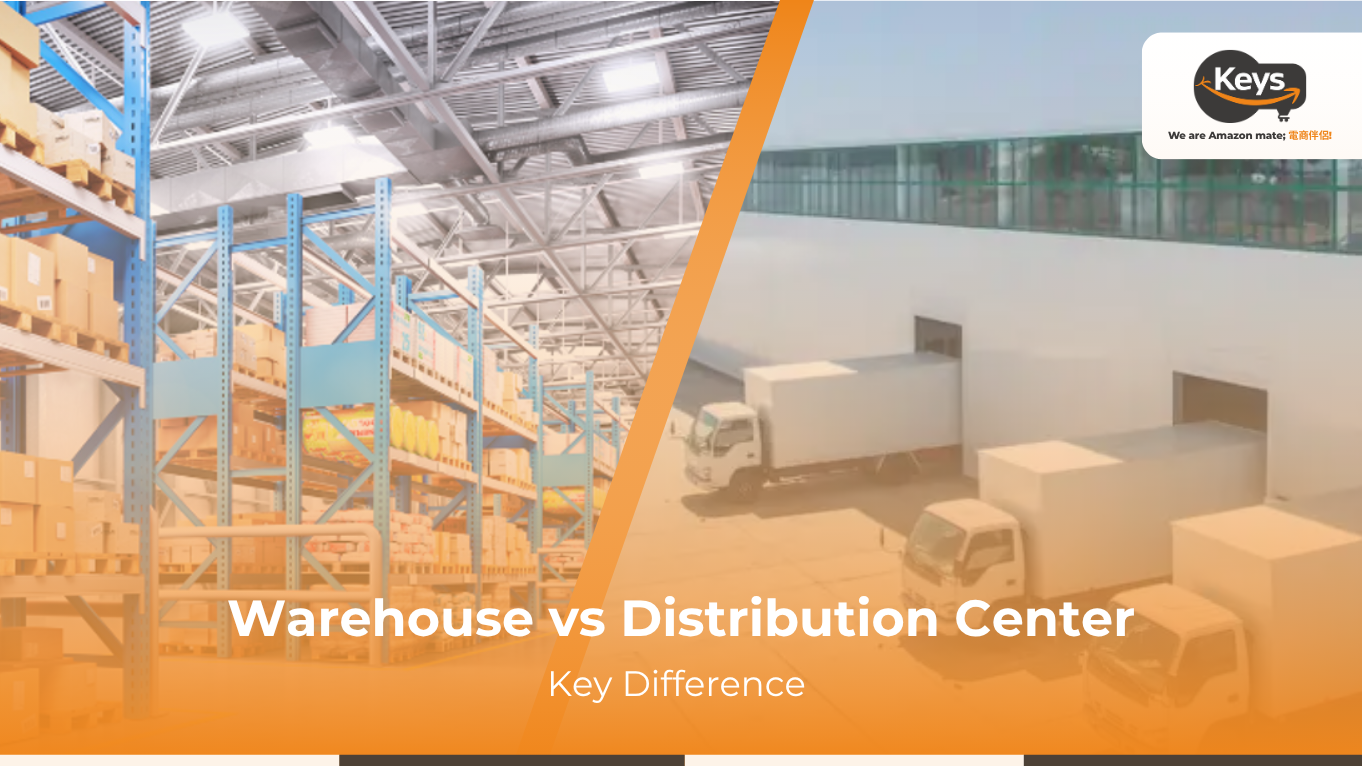
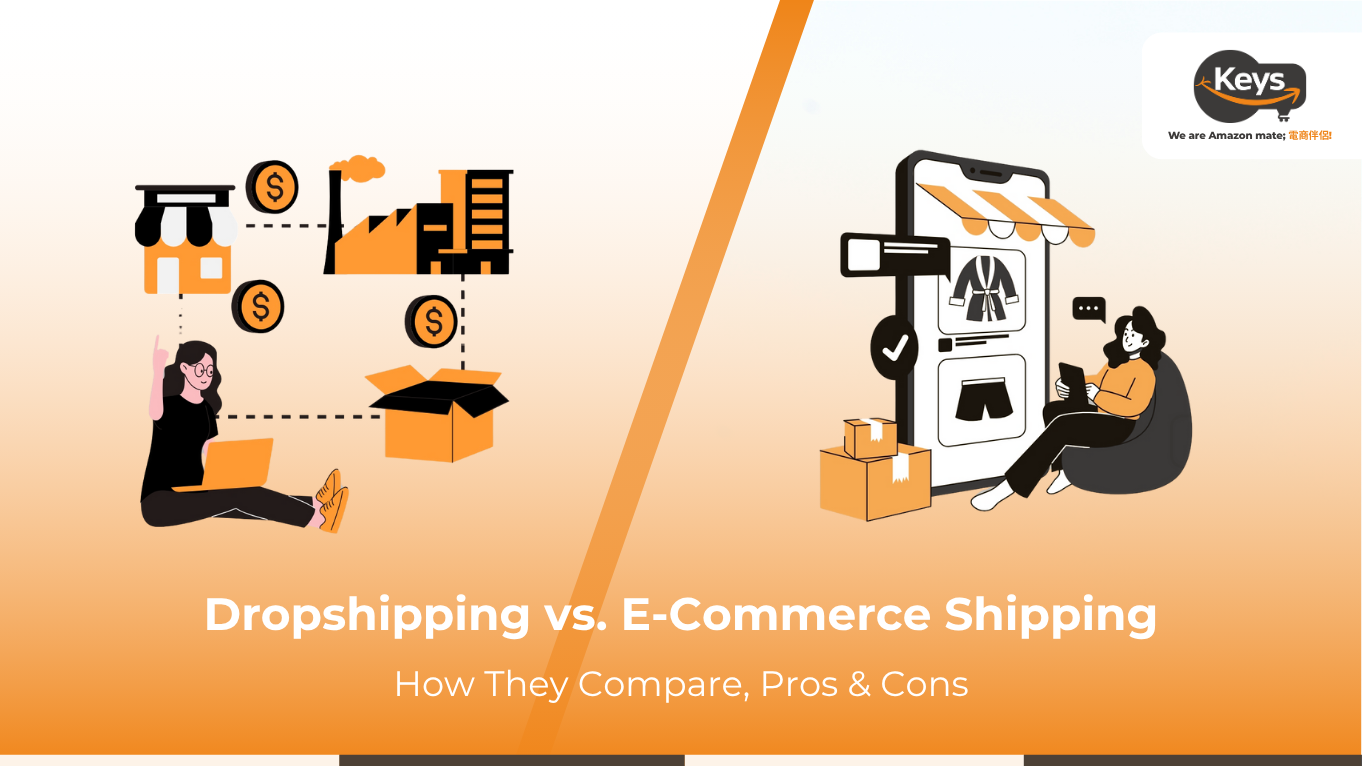
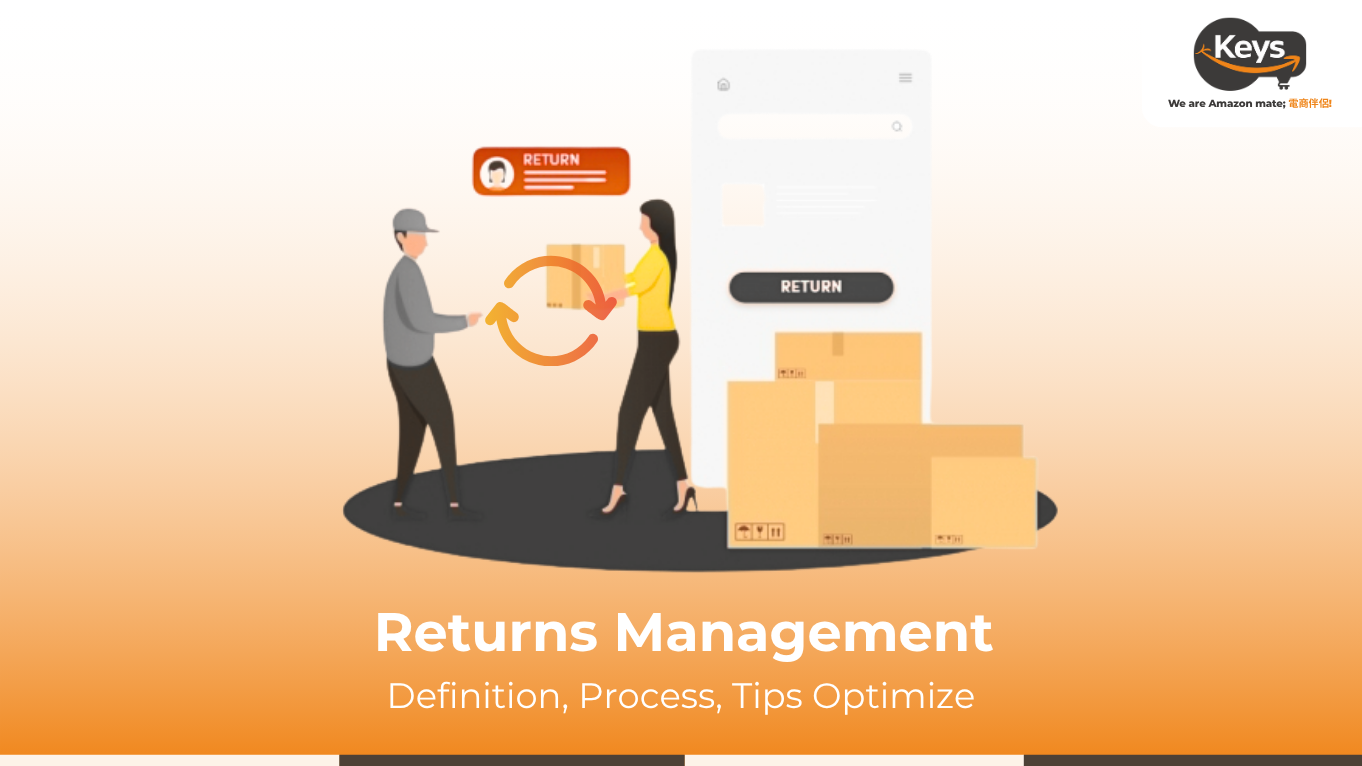
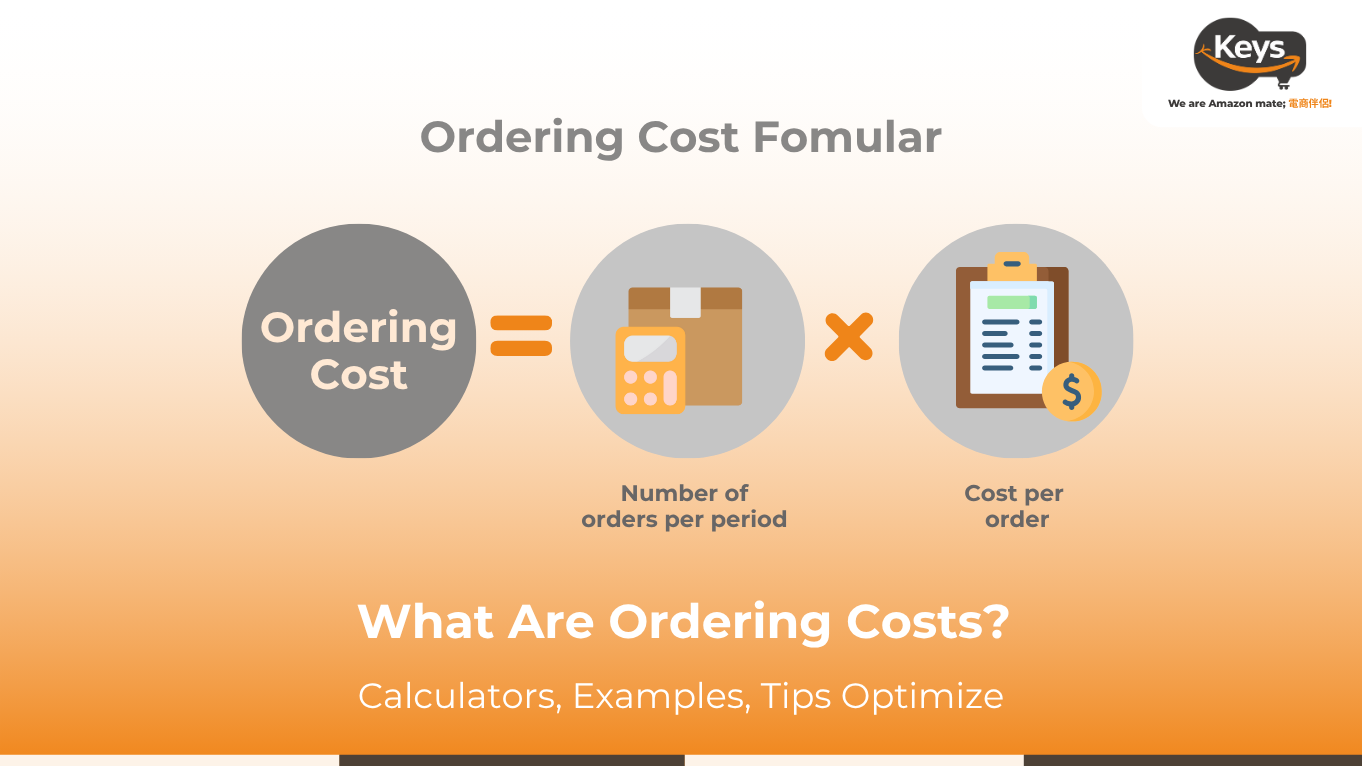
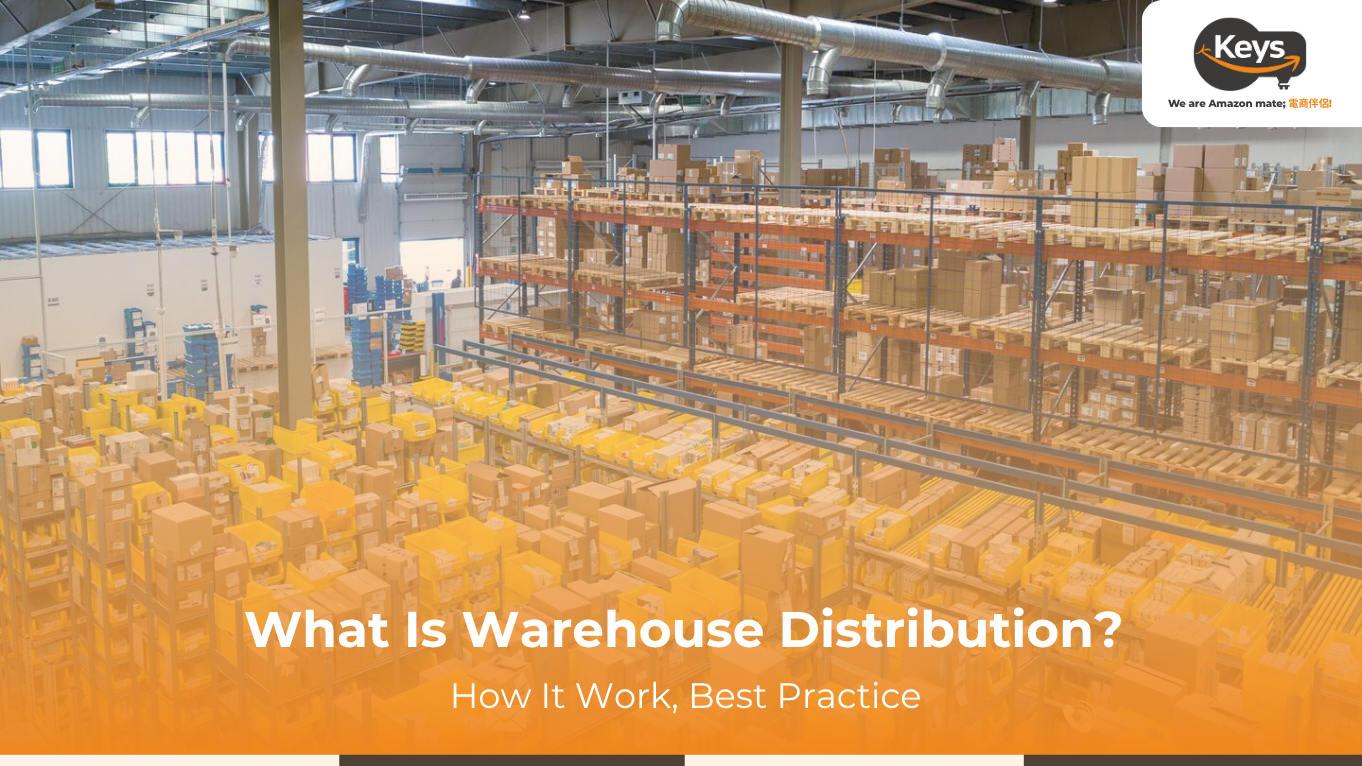
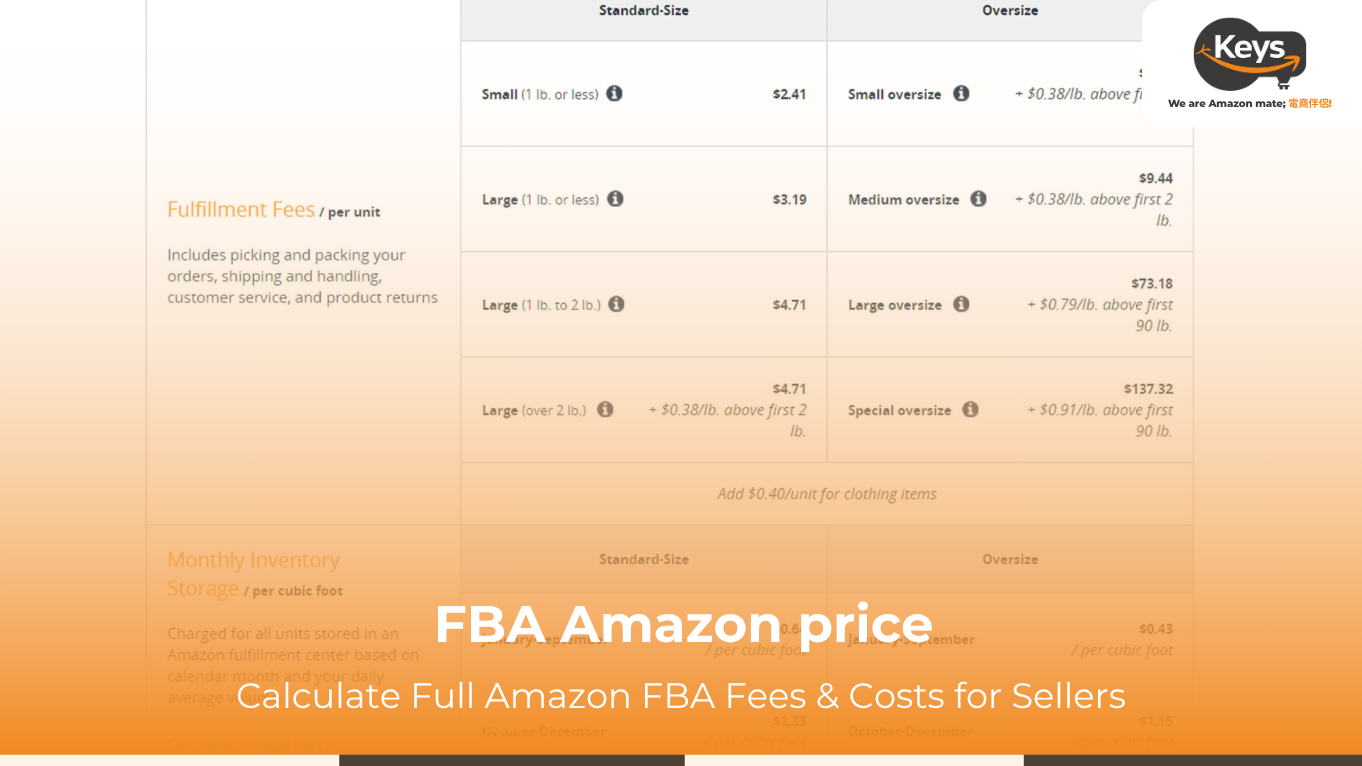
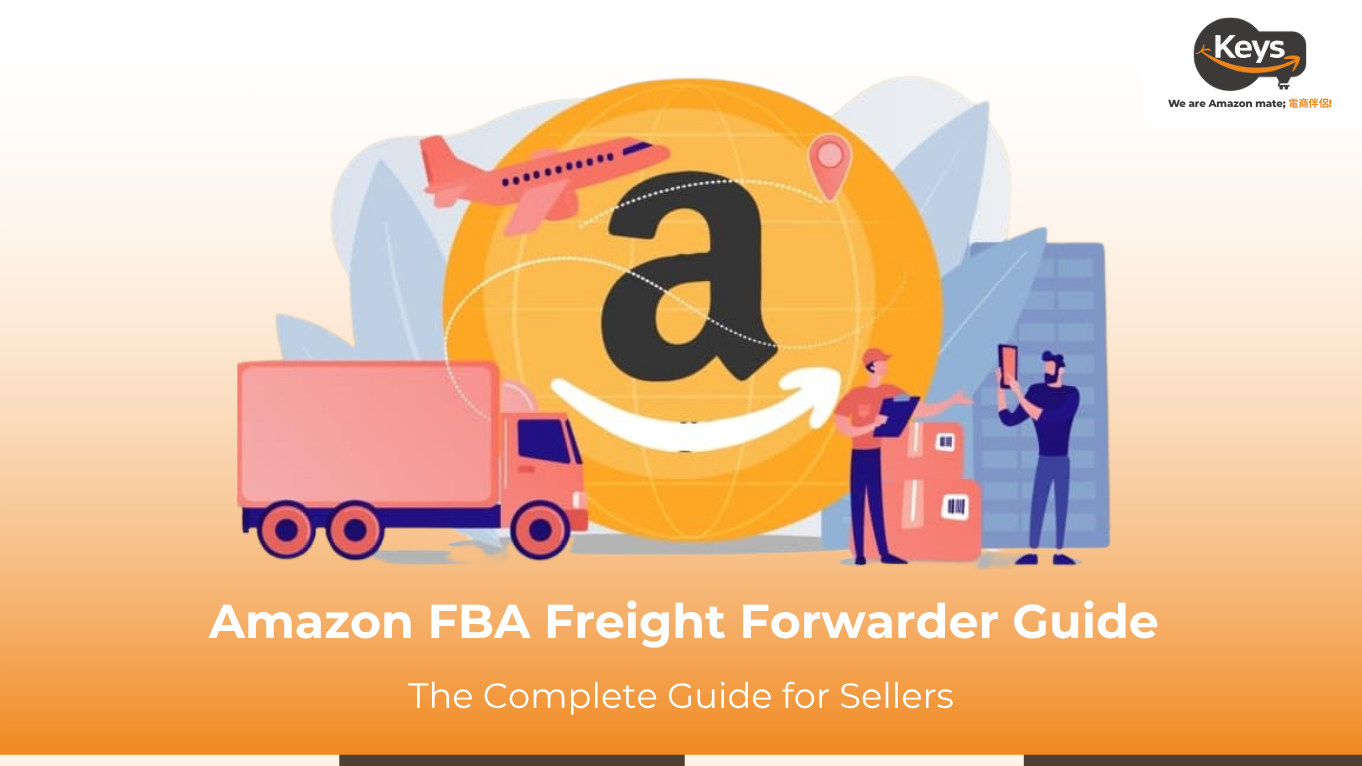

 Tiếng Việt
Tiếng Việt 中文 (中国)
中文 (中国)

